Interest in alternative cooling solutions is constantly growing these days. Working on a principle that is about as old as mankind itself, these low-cost and low-tech, sustainable and tradition-backed cooling systems use evaporative properties of materials and physics to naturally regulate temperatures without requiring any electricity or complex electronics.
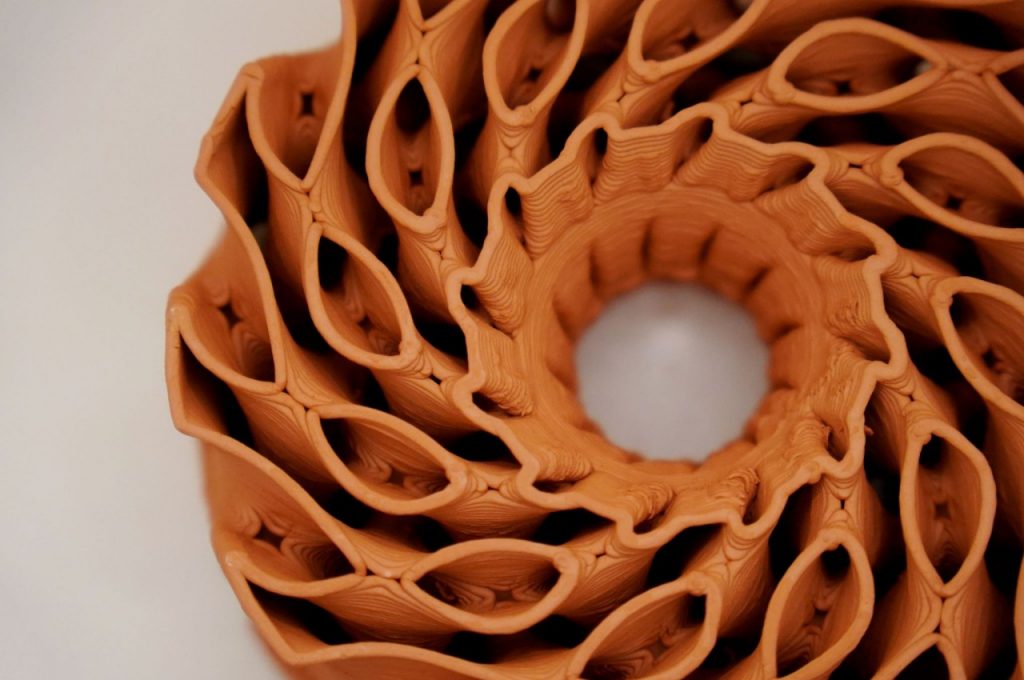
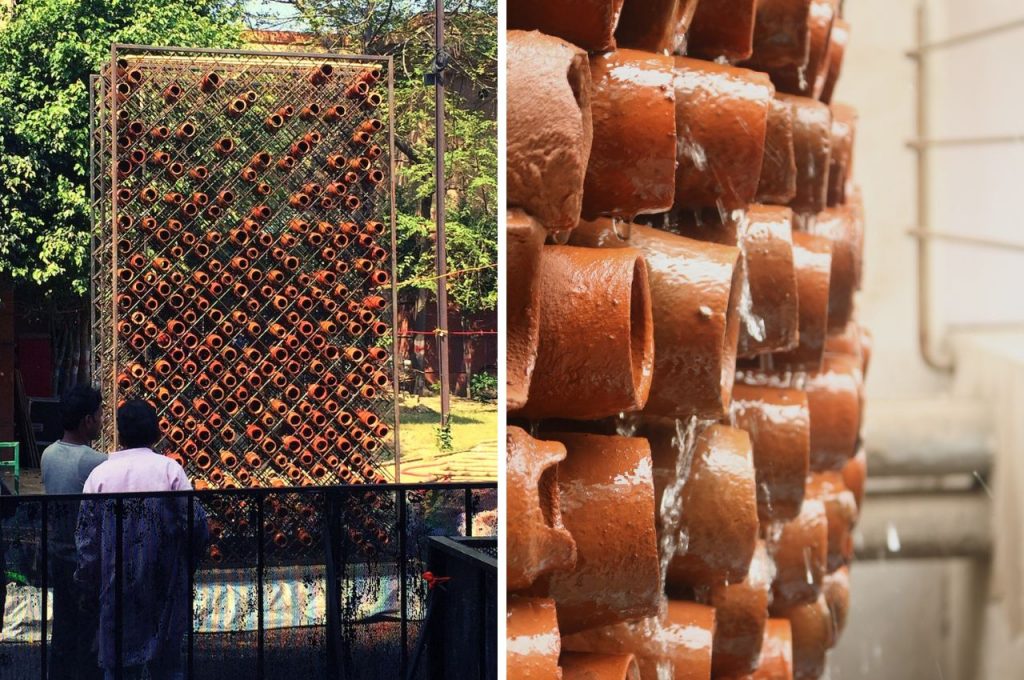
Beehive by Ant Studio
Created by Monish Kumar Siripurapu, a New Delhi-based architect and founder of Ant Studio, the Beehive system operates on the centuries-old principle of evaporative cooling.
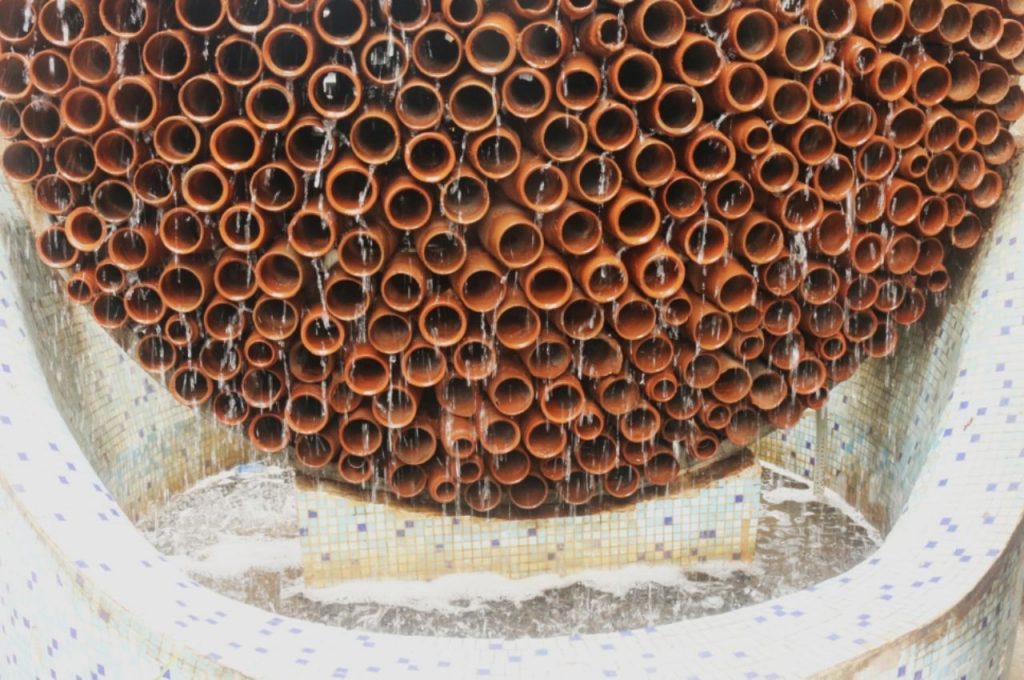
Beehive by Ant Studio
The system employs the technique deeply rooted in Indian culture. It uses earthen pots, which are soaked with water, to create a cooling effect as the water evaporates. This natural process is enhanced by the formation of biofilm on the pots, which aids in air purification.
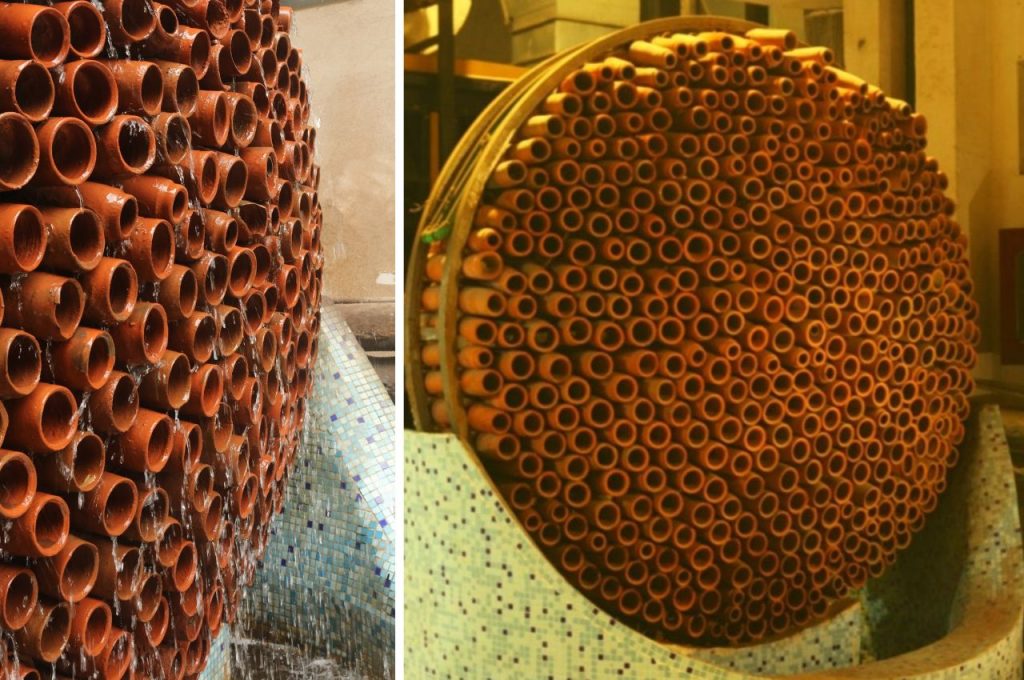
Beehive by Ant Studio
The modular design offers an eco-friendly alternative to energy-intensive cooling and air purification systems. Thus, Beehive is an ideal solution for outdoor working conditions in urban environments, showcasing how age-old techniques can be revitalized to address modern environmental challenges.
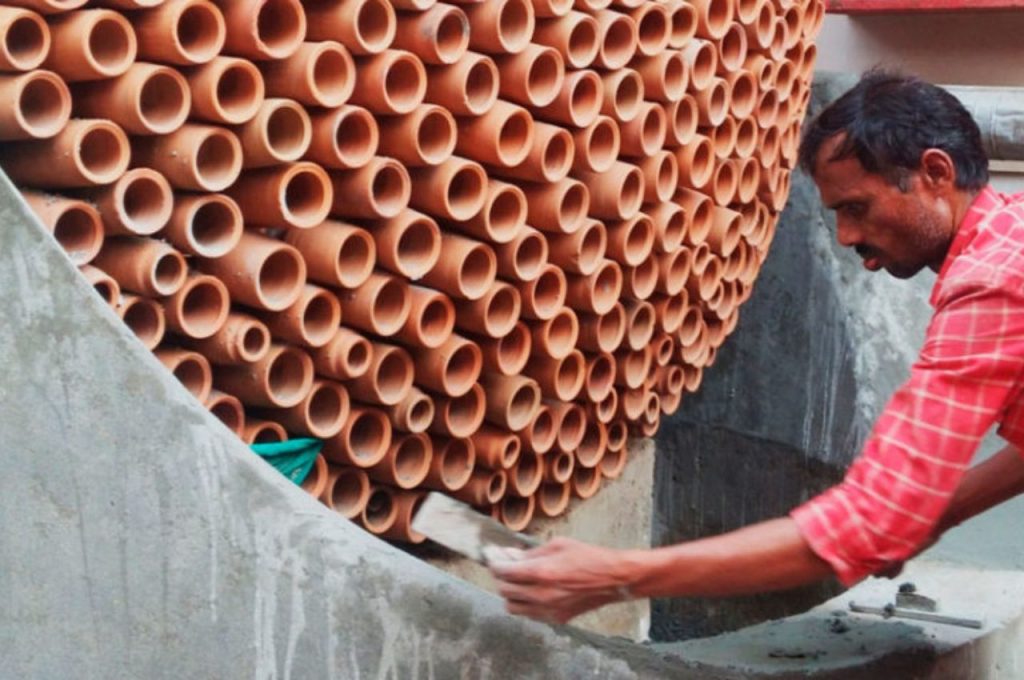
Beehive by Ant Studio
One of such applications is at the Deki Electronics factory in Noida. The factory faced extreme heat generated by a generator set at its entrance, which posed health risks and reduced productivity for the workers. The zero-plastic and zero-emission system’s ability to significantly lower temperatures through using evaporative cooling provided and efficient solution to this issue making the working environment more bearable and safe.
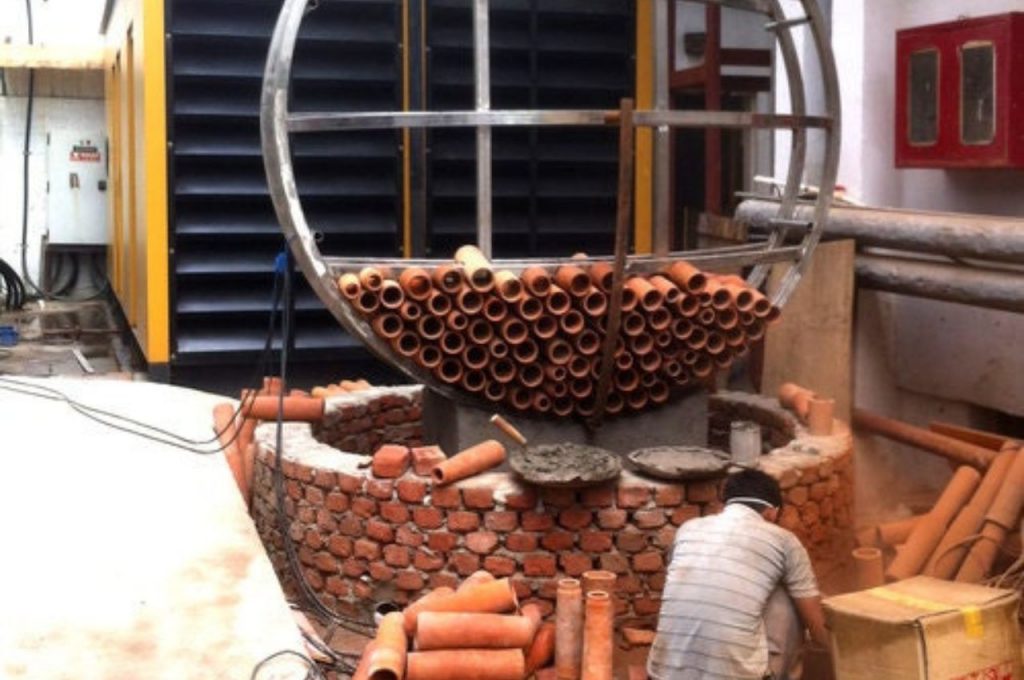
Beehive by Ant Studio
Besides, the projects helps support traditional craftsmanship of pottery in India engaging local artisans to construct the terracotta pots, thus contributing to the preservation of cultural heritage and the economic well-being of local communities.
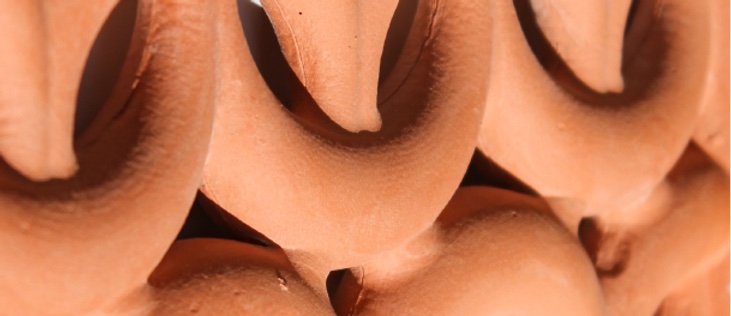
Nave by Yael Issacharov
Designed by Yael Issacharov, Israeli industrial designer based in Barcelona, Nave Air Conditioning System draws inspiration from the work of Egyptian architect Hassan Fathy, who pioneered the use of traditional building methods to design local oriented buildings. The cooling method in the project is based on the Palastinian Jara – a traditional terracotta water container that was hung from the ceiling of the room, serving both to cool drinking water and chill the room.
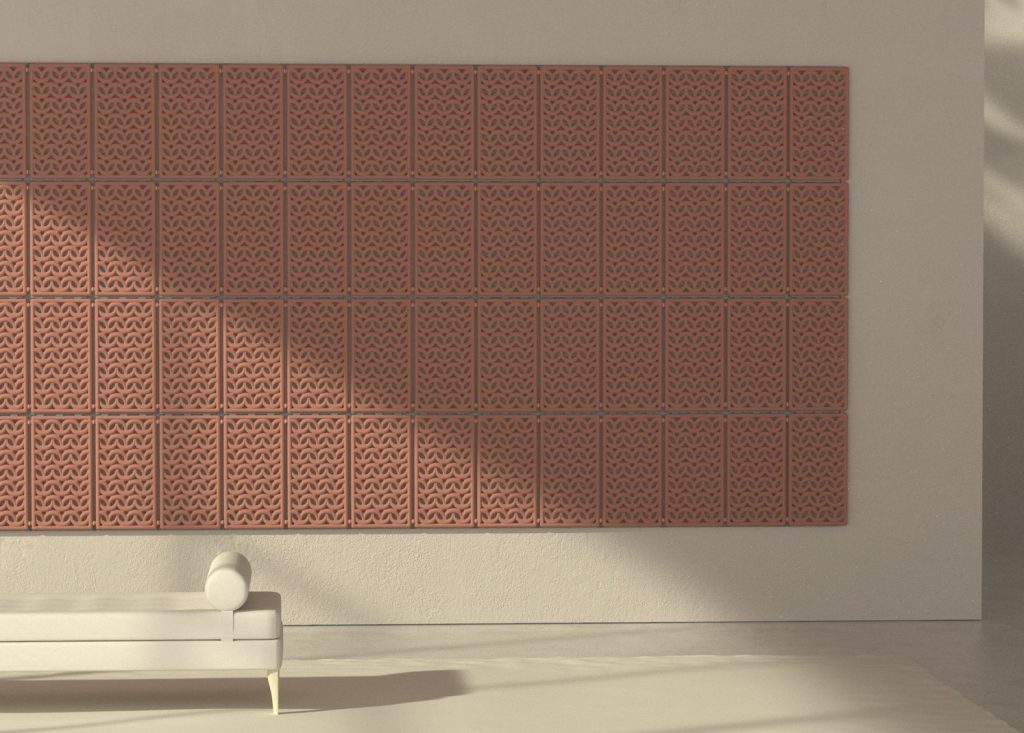
Nave by Yael Issacharov
The resulting design comprises a customizable and modular terracotta tiles system combined with water flow. Water inside the hollow tiles travels outwards through the porous terracotta walls. As it does, it gradually evaporates absorbing heat from the air around it, thus cooling the terracotta, the water, as well as the room. The system begins working the minute the user pours water into its hollow internal structure.
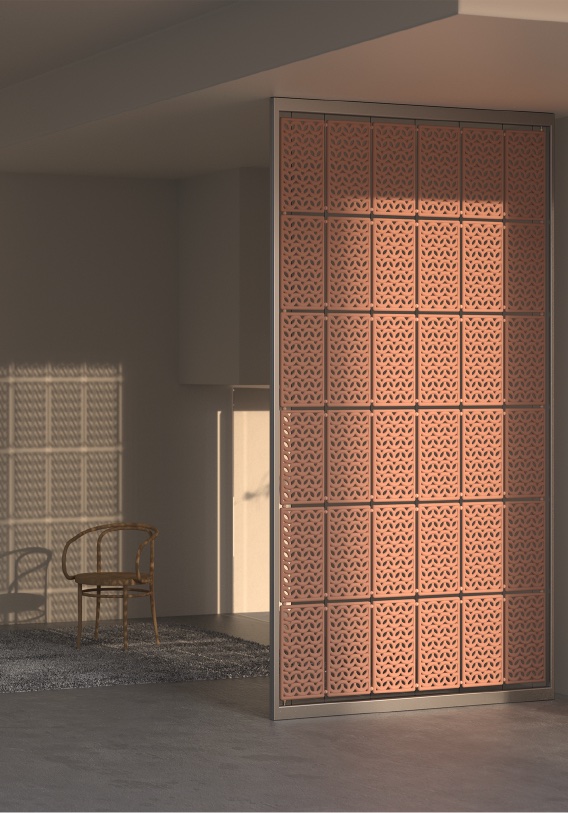
Nave by Yael Issacharov
Nave is not only sustainable but also aesthetically pleasing, its intricate Arabesque-inspired design being sophisticated enough to serve as a part of room’s decor. The system comes in two main patterns: “cooling ribs” pattern, belonging to the image world of radiators and electric components, and a “weaved” pattern, which is inspired by traditional weaved partitions, made to provide shape and allow air flow in spaces in desert environments.
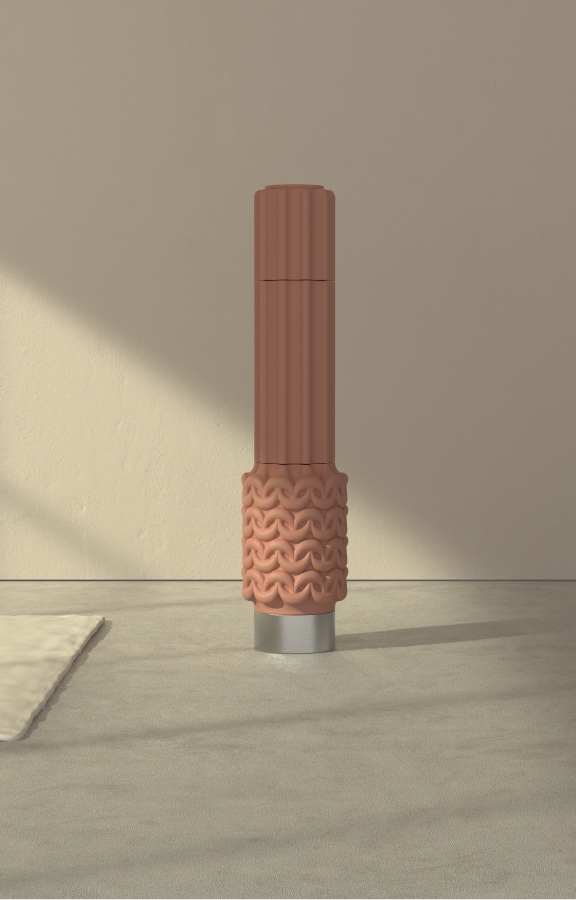
Nave by Yael Issacharov
Created in both floor-standing units as well as wall-mounted panels, it can be placed in any part of a house.
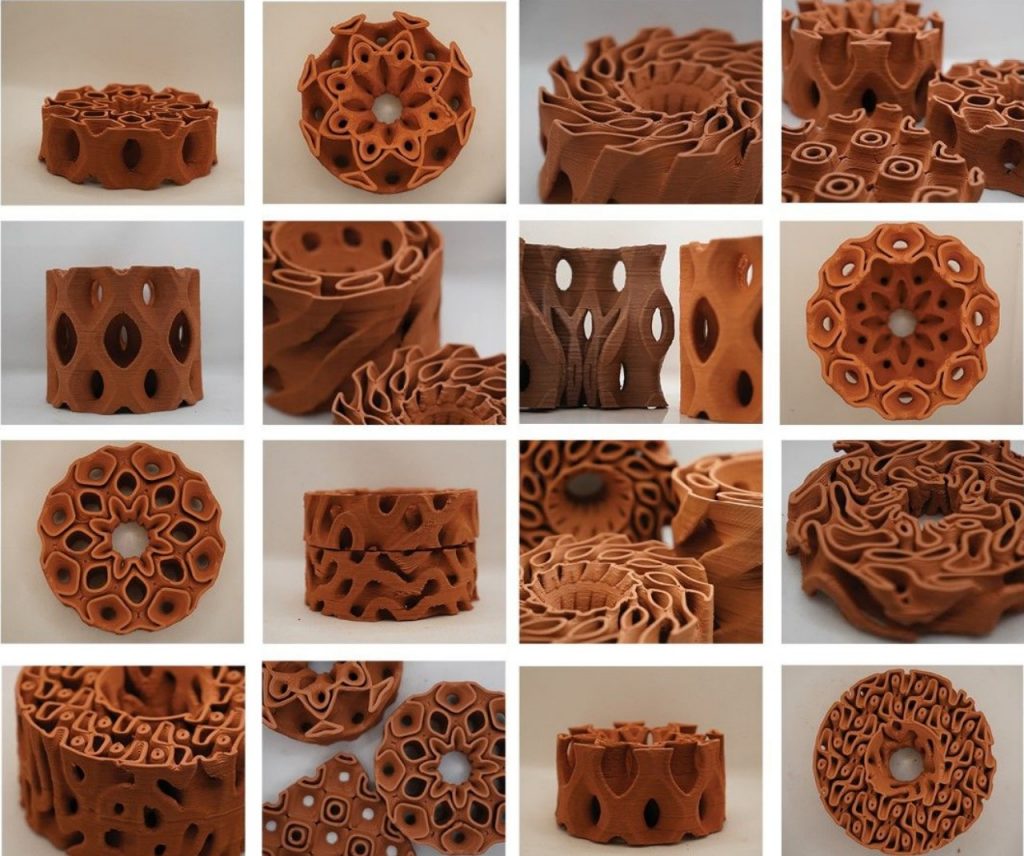
TerraMound by Rameshwari Jonnalagedda (also header image)
The design of the TerraMound cooling solution by UK-based designer Rameshwari Jonnalagedda is informed by the complex tunnels termites create in their mounds, which are meant to facilitate airflow.
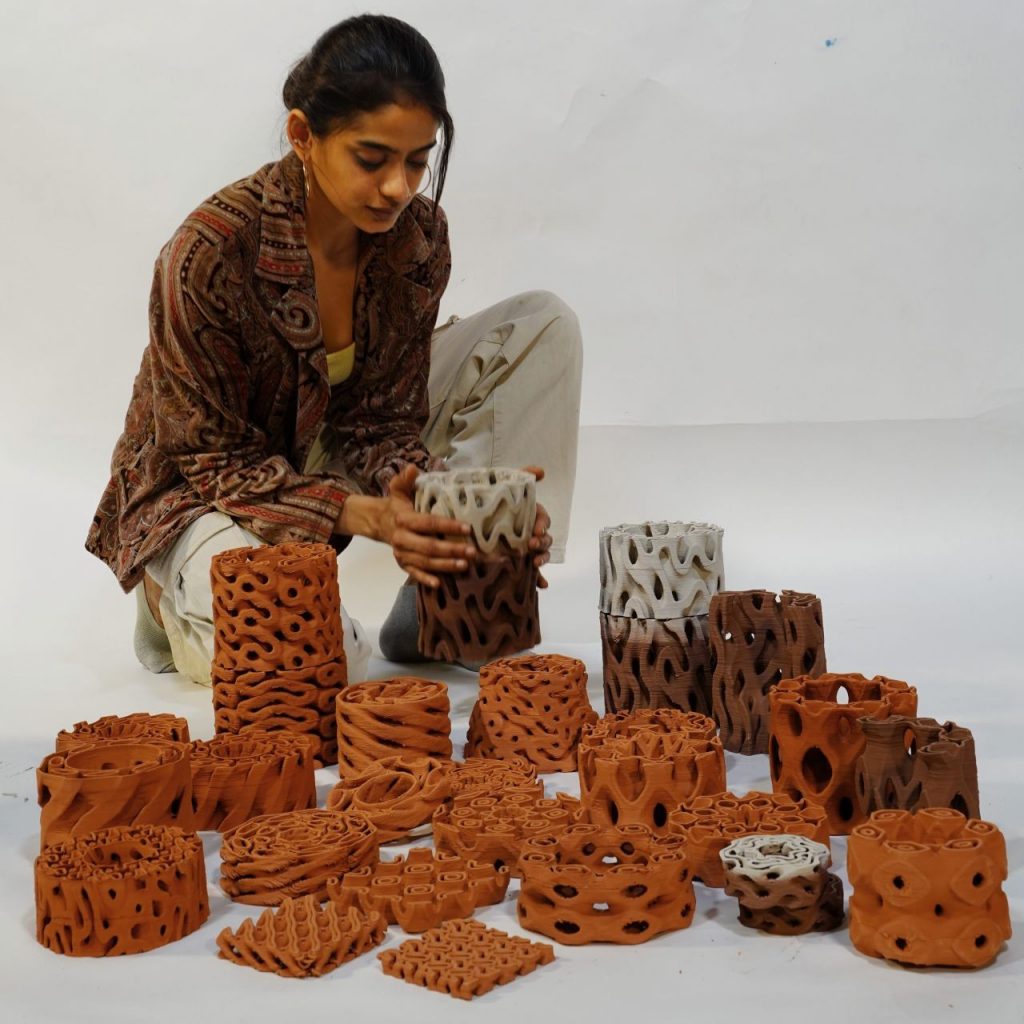
TerraMound by Rameshwari Jonnalagedda
Bringing natural design and technology together, the TerraMound system comprises an evaporative cooler that utilizes complex geometric patterns that look like artistic versions of termite mounds to enhance surface-area-to-volume ratio. Such a design would be impossible to do en masse by hand, so the designer uses 3D printing from clay instead.
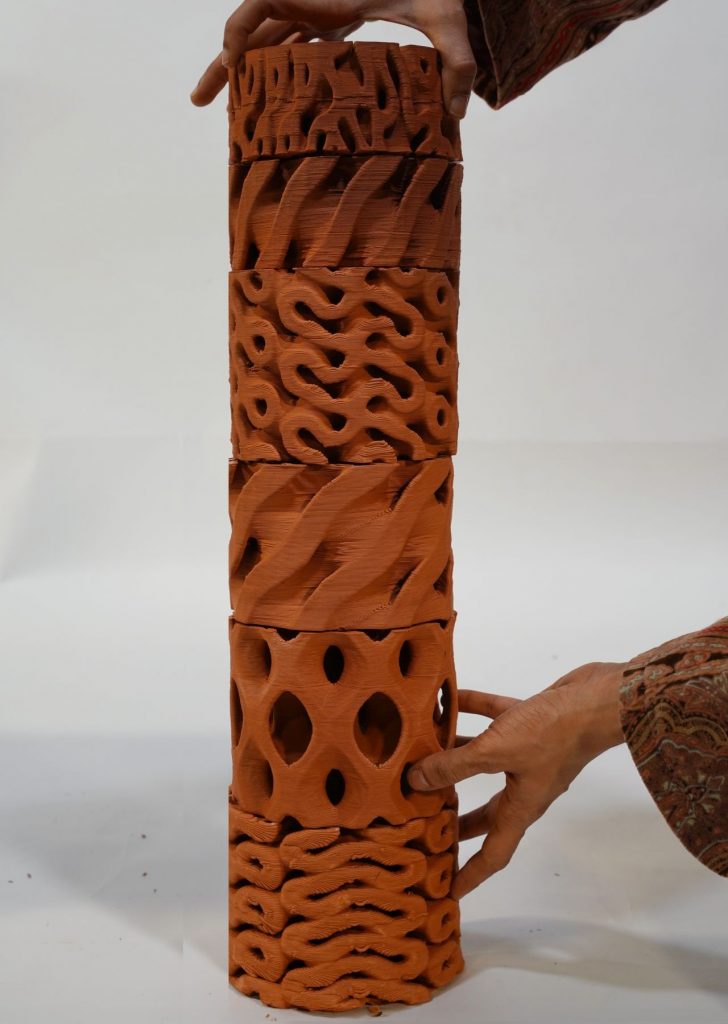
TerraMound by Rameshwari Jonnalagedda
The method can be extended to large-scale 3D printing technologies, allowing the quick and easy production of facade panels, walls, and other structures that not only look beautiful but can also help improve airflow in buildings.
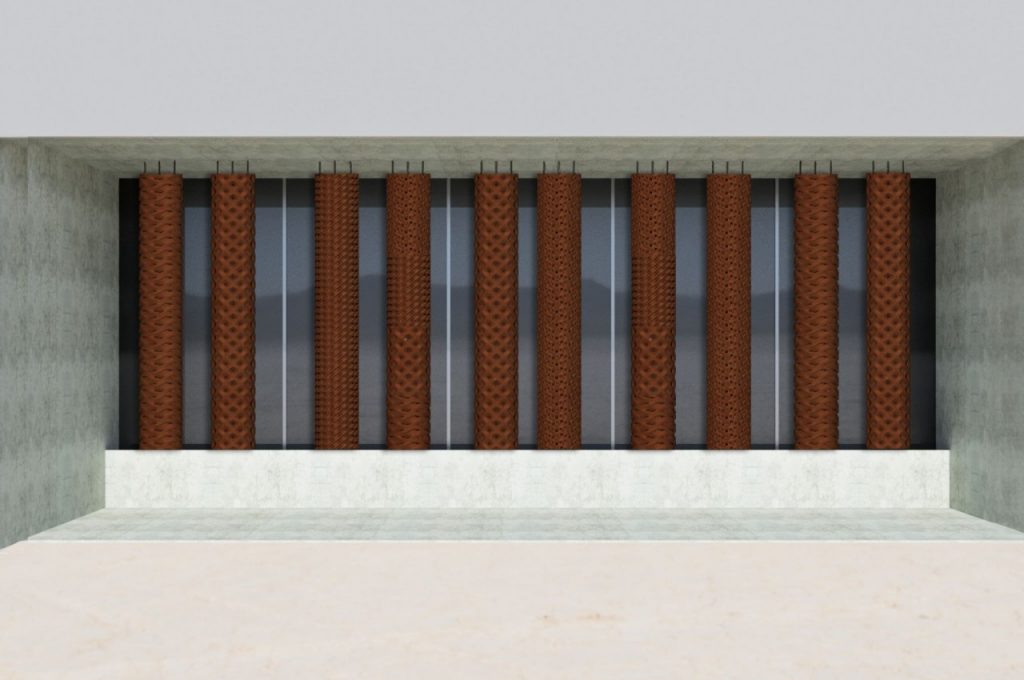
TerraMound by Rameshwari Jonnalagedda
As a cooler, TerraMound isn’t completely passive, as it has a fan at the bottom to draw air upwards. A planter sits on top as a source of water that trickles down the desktop cooling tower, utilizing the absorbent properties of the terracotta clay to help the evaporation process.